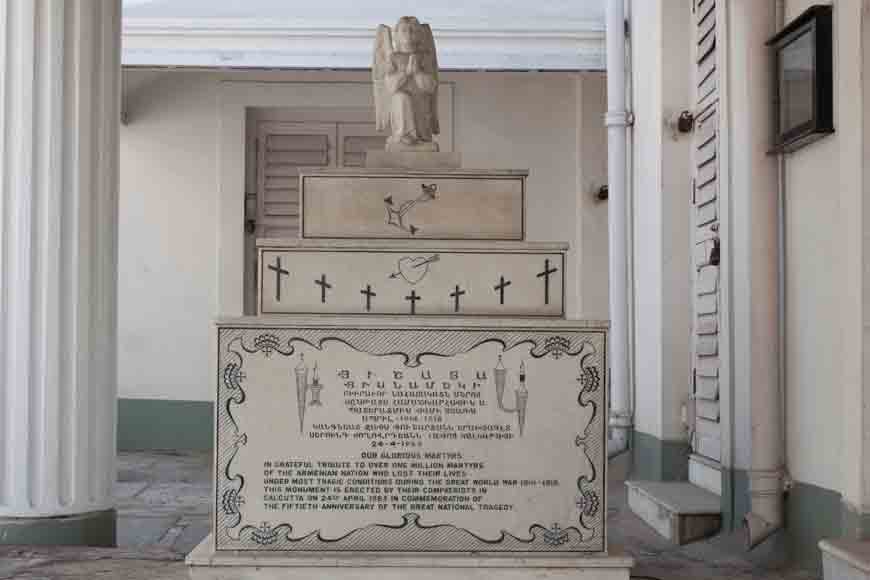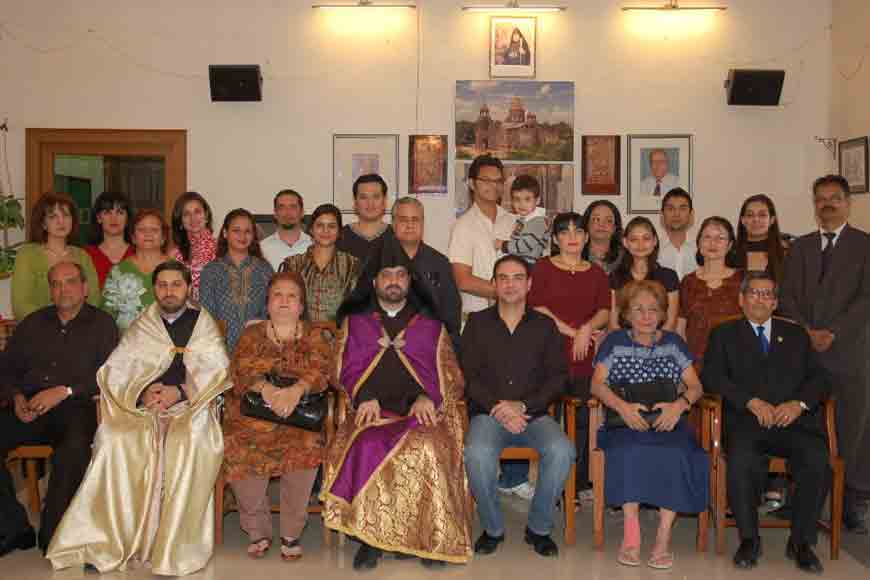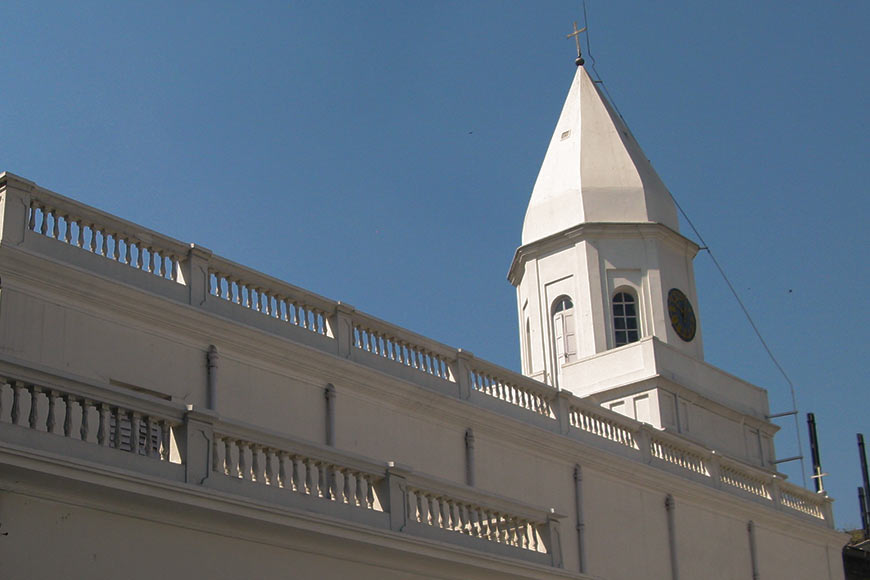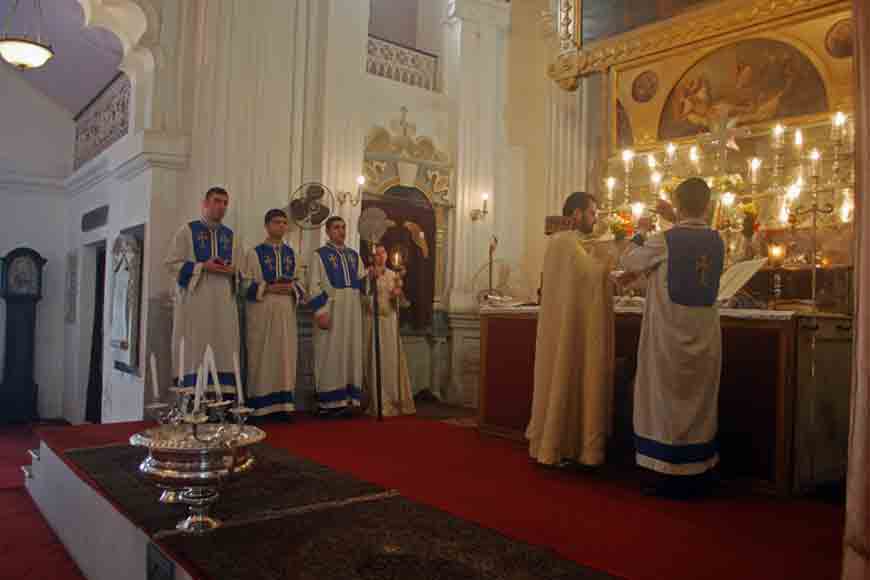Armenian Street: Tale of a Kolkata Street that preceded British by centuries

AIt is a narrow street in Central Calcutta, yet it bears a strong connect with a flourishing trade that Calcutta boasted centuries ago, even before the arrival of Job Charnock. This is also the street where in 1688, the Armenians built the Armenian Holy Church of Nazareth and a bustling community set up their homes and trade hubs. Much before the British realized Bengal is a lucrative trade destination, the Armenians had already established a flourishing trade in this city. Historical records suggest Armenians came to India in 8th century.

Even Job Charnock invited the Armenians and Mesrovb Jacob Seth in his book ‘History of the Armenians in India from the Earliest Times to the Present Day’, published in 1895, indicates the community first settled in Syedabad, a commercial suburb of Murshidabad. “At Syedabad the Armenians rendered valuable services to the Hon’ble East India Company during the eventful year 1756, when Holwell and his fellow captives were taken to Murshidabad after the tragedy of the historical Black Hole of Calcutta. The Armenian in Syedabad, particularly Agah Manuel Satoor treated the hapless captives with much kindness, sympathizing with them as fellow-Christians in a foreign land,” writes Seth. The British had realized the Armenian community would be indispensable in the fulfillment of the company’s socio-economic agendas and reached out to them.

A chapter in ‘History of the Armenians in India from the Earliest Times to the Present Day’ points out writings of William Bolts, a Dutch-born British employee of the East India Company who explains how the company viewed the Armenian community which had been well-established in Syedabad by the time the British had arrived. Bolts mentions: “The Armenians, who have ever been a great commercial body in Hindustan, have also long had considerable settlements in Bengal, particularly at Syedabad. Their commerce was likewise established by the Mogul’s finnan whereby the duties on the two principal articles of their trade, piece-goods and raw silk, were fixed at three-and-a-half per cent.” Even author James Long in his book ‘Its Localities & Its People’ (1852), says: “The Armenians are among the oldest residents, and their quarter attracts by its antique air, constructed with conspicuous modern buildings in Calcutta.”
On Armenian Street the community invested heavily in building their schools, chapels and other public spaces. When the 18th-century Armenian Apostolic church burned down, it was rebuilt in the same location in 1724 by philanthropist Agha Jakob Nazar. In their writings, both Seth and Long have meticulously detailed all the ways in which the community found favour with the British East India Company. “The Armenians, like the Jews, were famous for their mercantile zeal, and in the early days, were much employed by the English as the Gomasthas—they are to be commended for their always having retained the oriental dress—they never had much intercourse with the English,” writes Long. Gomasthas were agents of the British East India Company, who signed bonds with locals to deliver goods to the Company and were appointed by the Company.

From Armenian Street the community spread to another iconic street, the Park Street and started building their mansions, with a typical architectural style. But even today, the street holds on to its legacy, church and buildings that remind Calcutta of one of its oldest trading community.
Data Source:
Books consulted: (History of the Armenians in India from the Earliest Times to the Present Day, ‘Its Localities & Its People’ by John Long)











